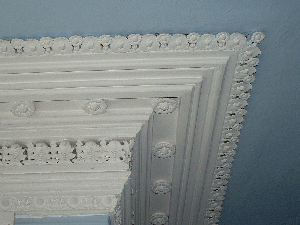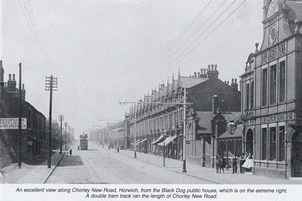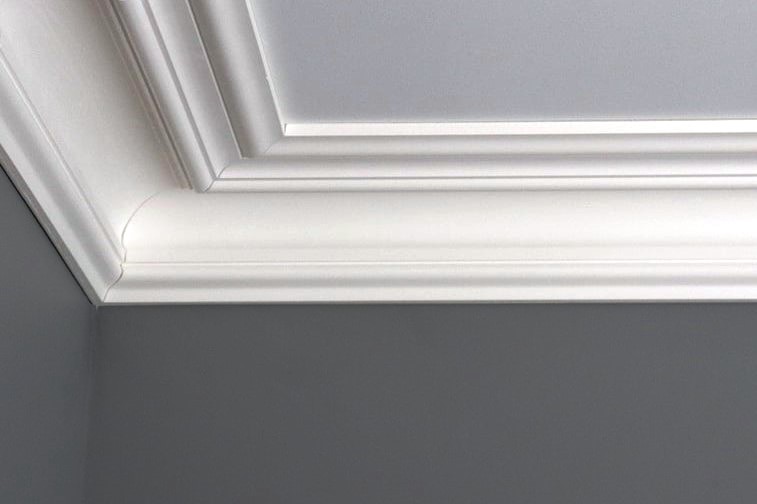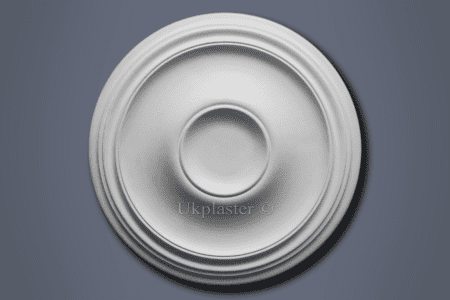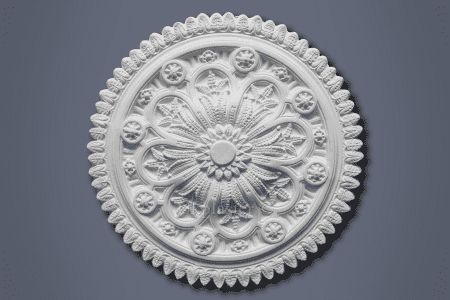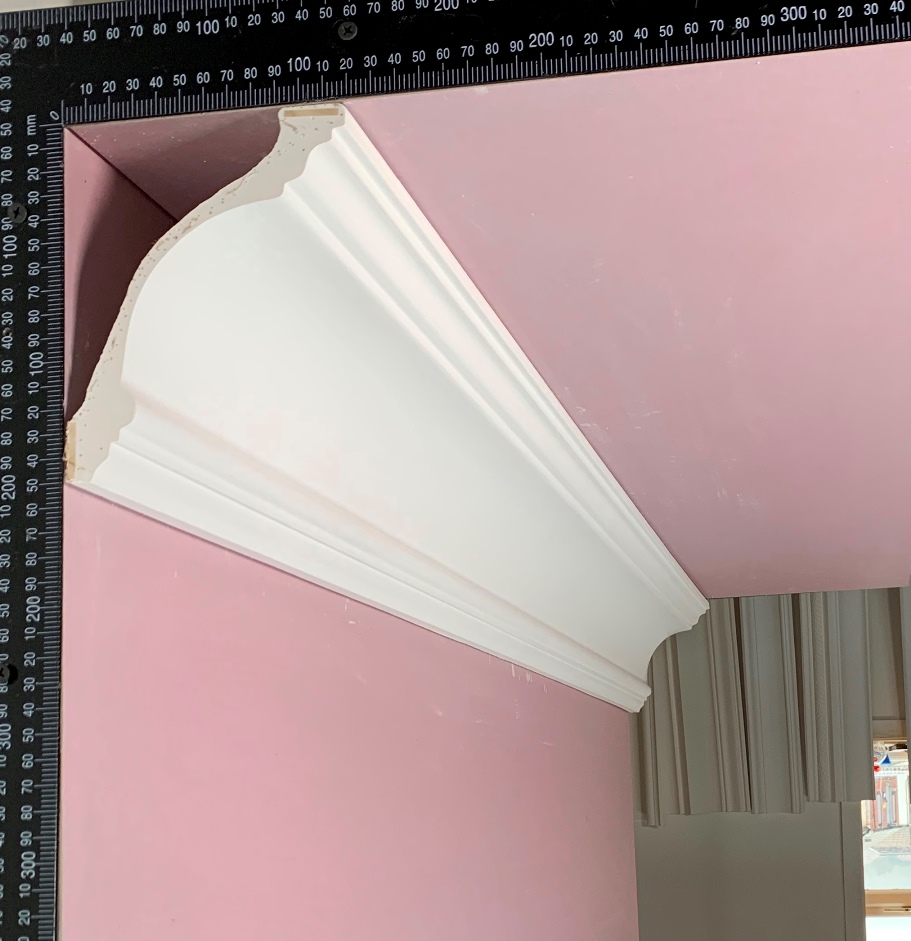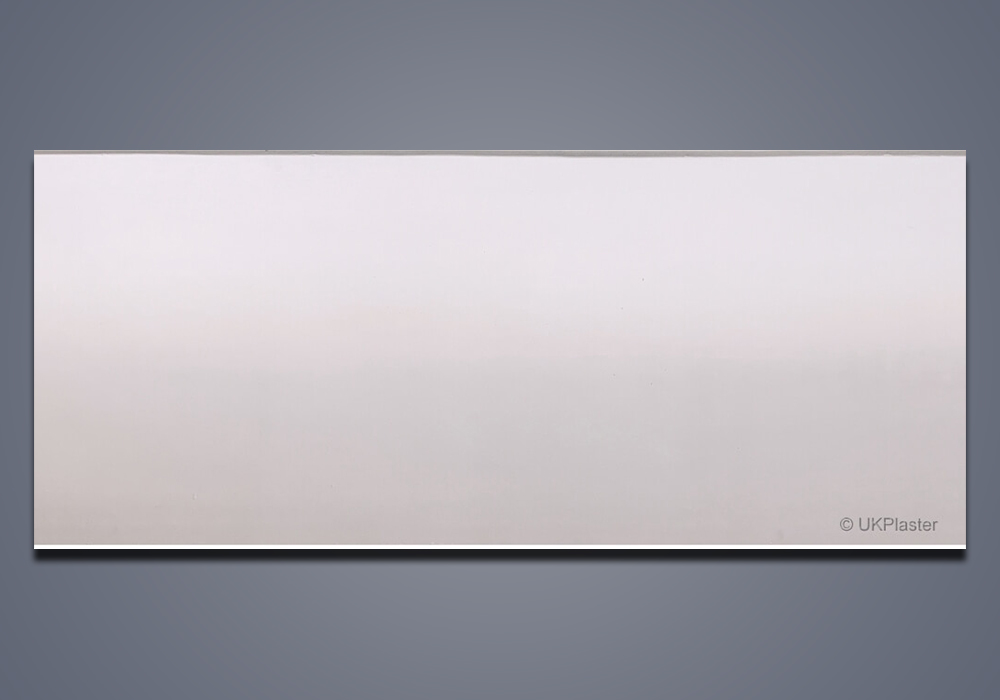Introduction
Showing a selection of our Products, which will hopefully assist you and our clients: architects, builders and the public requiring our services. All products illustrated on our site are hand made plaster products using traditional methods, and linking these with today's moulding materials/methods available, showing the quality and crispness in detail along with deep undercuts that are achieved using high quality silicon and glass moulds,
Formed and fabricated in house by our own Craftsmen. We have taken our Company to the forefront and set a new Standard for the Industry
We Manufacture & Reproduce your existing Plasterwork needs
can make almost anything out of plaster/GPR. Custom made mouldings in fibrous plaster, for DIY/ trade
Copyright © 2023 ukplaster All Rights Reserved
News
Shipment 1, same size as 2nd shipment
Supply of 1500.m of CN119 Cornice which went to Scotland
Click Photo to see CN119 Cornice
Specials Page
A Lagre amount of our work is "bespoke works" for clients i.e. Insurance Companies & home owners,
Its now so easy for anyone to get a quotation by doing one of the followings:
If you have damage Cornice in your Property:
1. Upload a photo showing the damage with your Smartphone then go to our Upload photos page or if you prefer, email us at sales@ukplaster.com with the amount required, we will get back with a costing for the work
Or:
2. Saw through a section near your damaged cornice, slide a piece of paper or card up through the cut, then carefully using a pencil trace the contour marking the ceiling and wall edge on your template, post it to the address at the footer of page, we will instantly send a quote.
Click Photo to go to Upload photos page
History of ukplaster
Founded in the mid 19th C. as a family of decorators, first started by Owen Hope and contiued through the generations this Business was officially born in 1985.With a passion for high quality plaster mouldings it is now run by the third generation. With production areas in 2 locations, design offices all in the North, the business has grown in both size and capability. However the traditional family values of putting the customer first, have not been forgotten.
Our works having appeared in Fims, TV and Magazines like BBC home & Antiques, and been fitted in many prestigious homes. Our work can be see in London's Gucci store in St. Martin Lane & Canary Wharf
We acquired the portfolio of "Plasterproducts of Bolton" and other acquistions which increased our range & production capabilities
Our Services to the Insurance Sector
English Heritage qualified and we have earned a trust throughout the Industry to give expert advice in this specialist Industry, We are experts in the renovations field. We work with all major insurance companies throughout the UK
Architects and house building services
We offer full technical and project management support supplying and fitting of Plaster products/GPR. CAD specs for each of our main lines
All Brochures and price lists are available Onlie or by post
Reseller services
With full merchandising support and a reputation for excellent service, our products offer an additional revenue stream for your business. Call us today to discuss our reselling option structures for your business
Workshop and storeroom
We carry over 3000 items in stock. Our showroom is only 5 minutes from J6, M61 Motorway, call us to discuss your next project. We are happy to offer advice on installation
Fixing Cornice
Fixing Cornice
Cornice or Coving is a concave or convex ornate moulding that gets installed at intersection internally between the wall and ceiling giving your home an instant new look and feel period or modern elegance.
Traditionally cornice was run in situ, many fibrous desgins are now supplied still made of plaster, hessian & wooden laths, although there are some more modern ones made from polystyrene and plastics (these are now deemed to be very Dangrous & a fire risk!, and should be removed) others are paper-wrapped plaster, If your room had the original Plaster Cornice removed, Our Cornices can restore the room's period feel and add value to your home (picture rails and ceiling roses have the same effect).
When shopping for coving bear in mind that smaller rooms require a smaller size. buy 10% more than your room size. The rooms corners can be particularly tricky and involve "mitres" - angled that need cutting with a normal wood saw, ideally also using a mitre block.
To put up a section of coving, you'll need "coving adhesive" which come either come ready-mixed or in powder form. Make sure the surfaces of your wall and ceiling are sound by being clean and even, then chalkline guides around the room or drawing a pencil line where the coving is to sit, having checked there are no cables or pipes behind the wall, tap nails partially onto the wall guidelines ready to rest the weight of the Cornice on, check by offering it up.
Now use a trowel or scraper to spread the adhesive on the 2 rear edges of the coving. Lift the section up onto the nailed guidelines; now tap nails into the ceiling edge trapping the Cornice to support it & fill using the adhesive (any excess can easily be scrapped & wiped clean with a damp sponge). So just make sure the entire length of the coving makes contact with the wall and ceiling.
Use any surplus adhesive to fill any gaps in the corners or on the joints, apply a generous coating; you remove the nails after the adhesive becomes set. If you are fixing coving on an uneven surface you may have to reinforce the hold by screwing Dry wall screws into Cornice. When you're done, go around the room check for any gaps & fill adhesive, then sand the joints and corners using wet or dry abrasive paper 180s or 120s grade.
The above should be used as a guild line only, if in doubt, contact us or any professional fitter.




